Editor's Picks
Open Access
Original Article
The ‘FebBenz’ approach for severe difficult-to-treat gout
Aim:
To evaluate the efficacy and tolerability of febuxostat (FBX) and benzbromarone (BNZ) combination therapy in patients with difficult-to-treat (D2T) gout.
Methods:
This observational study was performed at two centers and included patients fulfilling the 2015 European Alliance of Associations for Rheumatology/American College of Rheumatology (EULAR/ACR) gout classification criteria, with clinical tophi and suboptimal response to standard urate-lowering therapy. A two-step treatment regimen was implemented: a 6-month dose escalation of the FBX dose followed by add-on BNZ. Demographic, clinical, and laboratory data—including cardiovascular risk factors (CVRFs), history of nephrolithiasis, liver enzymes, and estimated glomerular filtration rate (eGFR)—were recorded. Changes in serum urate (SUA) and eGFR were analyzed using paired t-tests.
Results:
The study population comprised 15 patients (87% male, median age 59 years) with longstanding gout [median 15 years, range 3–31; interquartile range (IQR) 8–25]. Baseline SUA was 10.3 ± 1.7 mg/dL; mean eGFR was 63.7 ± 23.6 mL/min. CVRFs were common (hypertension, 93%; dyslipidemia, 73%: major adverse cardiovascular events, 13%; diabetes, 7%). At 12 months, SUA had decreased significantly to 2.9 ± 1.1 mg/dL (Δ = 7.4 mg/dL; p < 0.01), with FBX alone contributing to a Δ of 5.4 mg/dL and BNZ an additional Δ of 2.1 mg/dL (both p < 0.01). Tophi resolved in 60% of patients. No serious adverse events or significant changes in liver or renal function were observed. One unrelated death was recorded.
Conclusions:
FBX + BNZ was effective and well-tolerated in patients with severe D2T gout, achieving a substantial reduction in SUA and clinically significant dissolution of tophi.
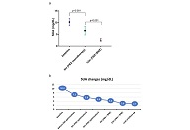
Open Access
Review
Soft tissue sarcoma: clinical recognition and approach to the loneliest cancer
Soft tissue sarcoma (STS) is a rare malignancy with a high incidence. Early diagnosis can reduce the rate of amputations and increase survival, however, this is typically delayed. The diagnosis and treatment of smaller lesions have a better prognosis; nonetheless, patients present to physicians when the soft tissue mass is large with obvious signs of red flags. In addition, the symptoms of this disease are highly non-specific and overlap greatly with benign conditions, resulting in a lack of clinical suspicion and low awareness among practitioners and the general public. Thusly, it is entitled as “the loneliest cancer”. This can make an accurate diagnosis difficult, with a great proportion of misdiagnoses leading subsequent inadvertent to incomplete STS excision, affecting the overall prognosis of the disease and devastating consequences in the disease process. A timely and precise diagnosis is essential because half of people with STS progress toward quietly aggressive illness. The purpose of this review is to raise awareness of STSs so that early recognition, accurate work-up, overview of conventional treatment plans, and appropriate referral to a tumor center can be achieved, avoiding whoop situations, and improving patient outcomes. In addition, insight into the advances in immunotherapy, nanotechnology, and artificial intelligence (AI) can lead to STS diagnosis and treatment prognosis.
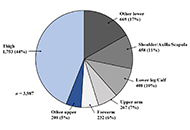
Open Access
Review
Rheumatoid arthritis and cardiovascular comorbidities
Rheumatoid arthritis (RA) is the most common rheumatologic disease characterized by inflammation with a definite relationship with heart disease. Impaired immunity, chronic inflammation, genetic susceptibility, autonomic nervous system (ANS) dysfunction, altered metabolic profile have been blamed for ischemic and non-ischemic heart diseases in RA patients. Medications used in RA treatment can also modify the risk of heart diseases by different mechanisms. Understanding the pathogenesis is essential to prevent early cardiac dysfunction in RA patients. Fundamental cellular and molecular mechanisms of pathogenesis await further elucidation. Disease management is of great importance since the cardiovascular (CV) events are known to be reduced with low disease activity. Discovery of new mechanisms will pave the way for the development of novel treatment modalities. This review highlights the epidemiology, pathogenesis, risk factors, diagnosis and screening methods and management of CV comorbidities in RA patients. Besides impact of RA medications and exercise on CV risk are summarized.
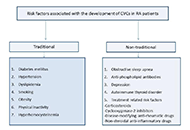
Articles
Latest
Most Viewed
Most Downloaded
Most Cited
Open Access
Editorial
Hyperuricemia-gout, psoriatic disease, and what to expect from advanced anti-obesity therapies
Rubén Queiro-Silva
Published: November 25, 2025 Explor Musculoskeletal Dis. 2025;3:1007109
This article belongs to the special issue Evaluation and Outcomes in the Management of Gout
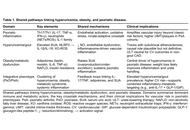
Open Access
Review
The significance of insufficiency fractures in rheumatic musculoskeletal diseases
Jürgen Braun, Björn Bühring
Published: November 12, 2025 Explor Musculoskeletal Dis. 2025;3:1007108
This article belongs to the special issue Multifaceted Imaging in Rheumatic and Musculoskeletal Diseases
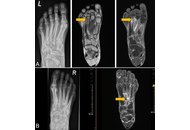
Open Access
Original Article
Acute kidney injury in gout: prevalence and risk factors through two decades
Nuria Perez-Herrero ... Fernando Perez-Ruiz
Published: November 10, 2025 Explor Musculoskeletal Dis. 2025;3:1007107
This article belongs to the special issue Evaluation and Outcomes in the Management of Gout
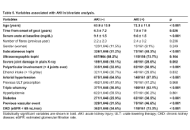
Open Access
Perspective
Musculoskeletal ultrasound in the management of immune checkpoint inhibitor arthritis
Gregory J. Challener ... Minna J. Kohler
Published: October 22, 2025 Explor Musculoskeletal Dis. 2025;3:1007106
This article belongs to the special issue Multifaceted Imaging in Rheumatic and Musculoskeletal Diseases
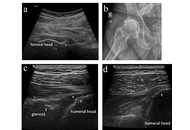
Open Access
Original Article
Prevalence of vitamin D deficiency among Northern Muslim women with chronic musculoskeletal pain residing in Port Harcourt, Rivers State, Nigeria: a cross-sectional study
Gogo James Owo ... Karibo Amakiri Okari
Published: October 14, 2025 Explor Musculoskeletal Dis. 2025;3:1007105
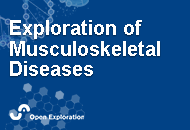
Open Access
Review
New perspectives on the NLRP3 inflammasome—colchicine and the suppression of inflammatory pathways in metabolic syndrome associated diseases
Benjamin Plotz ... Michael H. Pillinger
Published: September 29, 2025 Explor Musculoskeletal Dis. 2025;3:1007104
This article belongs to the special issue Pharmacological and Non-Pharmacological Management of Gout
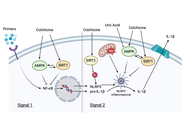
Open Access
Case Report
Similarities and differences between gouty arthritis and rheumatoid arthritis—an interesting case with a short look into the literature
David Kiefer ... Juergen Braun
Published: February 24, 2023 Explor Musculoskeletal Dis. 2023;1:11–19
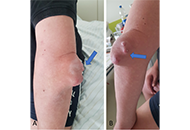
Open Access
Review
Safety and efficacy of gout treatments in people with renal impairment
Hamish Farquhar ... Lisa K. Stamp
Published: September 02, 2024 Explor Musculoskeletal Dis. 2024;2:360–374
This article belongs to the special issue Pharmacological and Non-Pharmacological Management of Gout
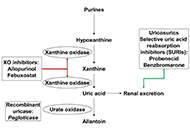
Open Access
Review
Soft tissue sarcoma: clinical recognition and approach to the loneliest cancer
Sujan Shakya ... Xiang Zhou
Published: February 06, 2024 Explor Musculoskeletal Dis. 2024;2:56–68

Open Access
Case Report
Return-to-play decision-making following ankle injury: a comprehensive case analysis of the functional hop test
Michael Crinion ... Michael Agnone
Published: March 06, 2024 Explor Musculoskeletal Dis. 2024;2:75–81
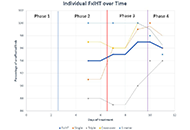
Open Access
Systematic Review
Role and effectiveness of surface EMG feedback in sports and orthopedic rehabilitation: a systematic review
Thomas Haab ... Paul Burkey
Published: September 12, 2024 Explor Musculoskeletal Dis. 2024;2:391–407
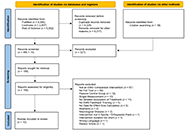
Open Access
Review
How URAT1 inhibitors can shape the future of chronic gout treatment: a narrative review of uricosurics past and present
Robert T. Keenan ... Michael H. Pillinger
Published: December 12, 2024 Explor Musculoskeletal Dis. 2024;2:529–554
This article belongs to the special issue Pharmacological and Non-Pharmacological Management of Gout
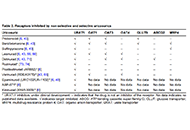
Open Access
Review
Soft tissue sarcoma: clinical recognition and approach to the loneliest cancer
Sujan Shakya ... Xiang Zhou
Published: February 06, 2024 Explor Musculoskeletal Dis. 2024;2:56–68

Open Access
Systematic Review
Role and effectiveness of surface EMG feedback in sports and orthopedic rehabilitation: a systematic review
Thomas Haab ... Paul Burkey
Published: September 12, 2024 Explor Musculoskeletal Dis. 2024;2:391–407

Open Access
Case Report
Similarities and differences between gouty arthritis and rheumatoid arthritis—an interesting case with a short look into the literature
David Kiefer ... Juergen Braun
Published: February 24, 2023 Explor Musculoskeletal Dis. 2023;1:11–19

Open Access
Review
Interstitial lung disease in patients with rheumatoid arthritis: a narrative review
Gloria Candelas Rodríguez, Virginia Villaverde
Published: October 20, 2023 Explor Musculoskeletal Dis. 2023;1:128–142
This article belongs to the special issue Comorbidities in rheumatoid arthritis
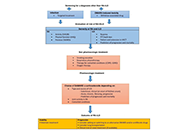
Open Access
Case Report
Return-to-play decision-making following ankle injury: a comprehensive case analysis of the functional hop test
Michael Crinion ... Michael Agnone
Published: March 06, 2024 Explor Musculoskeletal Dis. 2024;2:75–81

Open Access
Review
Uric acid in atherosclerosis and cardiovascular diseases: innocent bystander or ruthless killer?
Giovanni Cimmino ... Plinio Cirillo
Published: June 03, 2024 Explor Musculoskeletal Dis. 2024;2:189–207
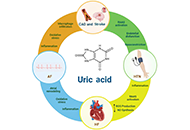
Open Access
Review
Soft tissue sarcoma: clinical recognition and approach to the loneliest cancer
Sujan Shakya ... Xiang Zhou
Published: February 06, 2024 Explor Musculoskeletal Dis. 2024;2:56–68

Open Access
Review
How should we do in the selection and follow-up of systemic conventional treatments in psoriasis?
Sevgi Akarsu
Published: December 05, 2023 Explor Musculoskeletal Dis. 2023;1:241–256
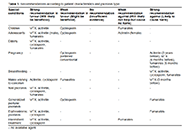
Open Access
Review
Rheumatoid arthritis and cardiovascular comorbidities
Uğur Özkan ... Murat Birtane
Published: December 06, 2023 Explor Musculoskeletal Dis. 2023;1:264–288
This article belongs to the special issue Comorbidities in rheumatoid arthritis

Open Access
Review
Interstitial lung disease in patients with rheumatoid arthritis: a narrative review
Gloria Candelas Rodríguez, Virginia Villaverde
Published: October 20, 2023 Explor Musculoskeletal Dis. 2023;1:128–142
This article belongs to the special issue Comorbidities in rheumatoid arthritis

Open Access
Original Article
Mesenchymal stromal cells from people with osteoporosis are fewer, and defective in both osteogenic and adipogenic capacity
Féaron C. Cassidy ... Cynthia M. Coleman
Published: June 03, 2024 Explor Musculoskeletal Dis. 2024;2:164–180
This article belongs to the special issue Cell Therapy and Tissue Engineering for Musculoskeletal Conditions: From Pre-clinical Studies to Clinical Trials
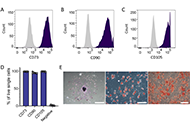
Open Access
Review
Work-related musculoskeletal disorders among surgeons: a bibliometric analysis from 1982 to 2024
Philippe Gorce, Julien Jacquier-Bret
Published: July 30, 2024 Explor Musculoskeletal Dis. 2024;2:317–335
This article belongs to the special issue Prevalence and Risk Factors of Work-related Musculoskeletal Disorders
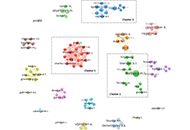
Special Issues
Ongoing Special lssues
Completed Special lssues
Complementary and Integrative Medicine in Rheumatology: Evidence, Therapies, and Clinical Impact
Guest Editor: Prof. Jozélio Freire de Carvalho
Submission Deadline: April 30, 2026
Published Articles: 0
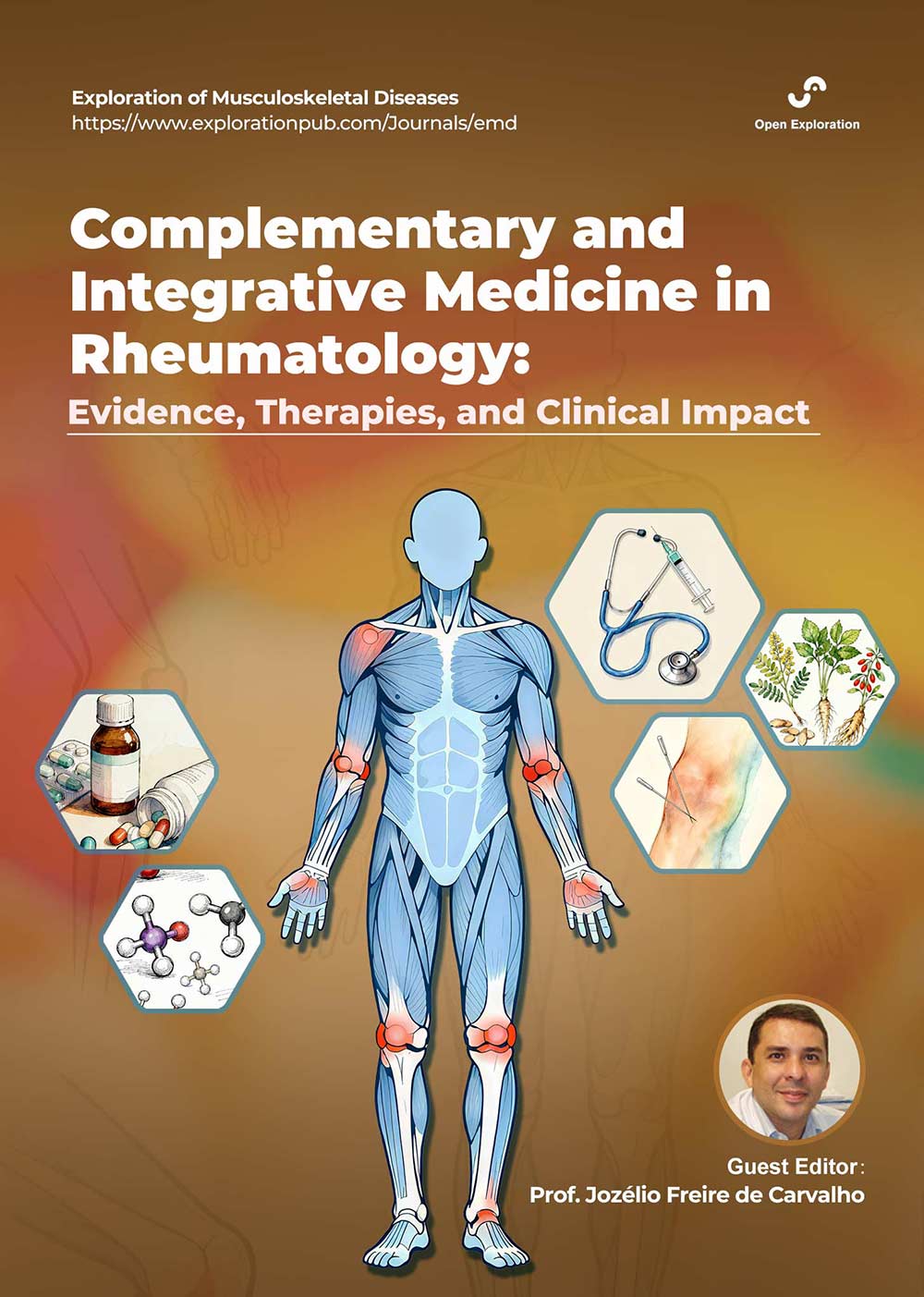
Innovation in Orthopedics
Guest Editors: Prof. Ashok N. Johari; Prof. Philippe Hernigou
Submission Deadline: March 31, 2026
Published Articles: 3
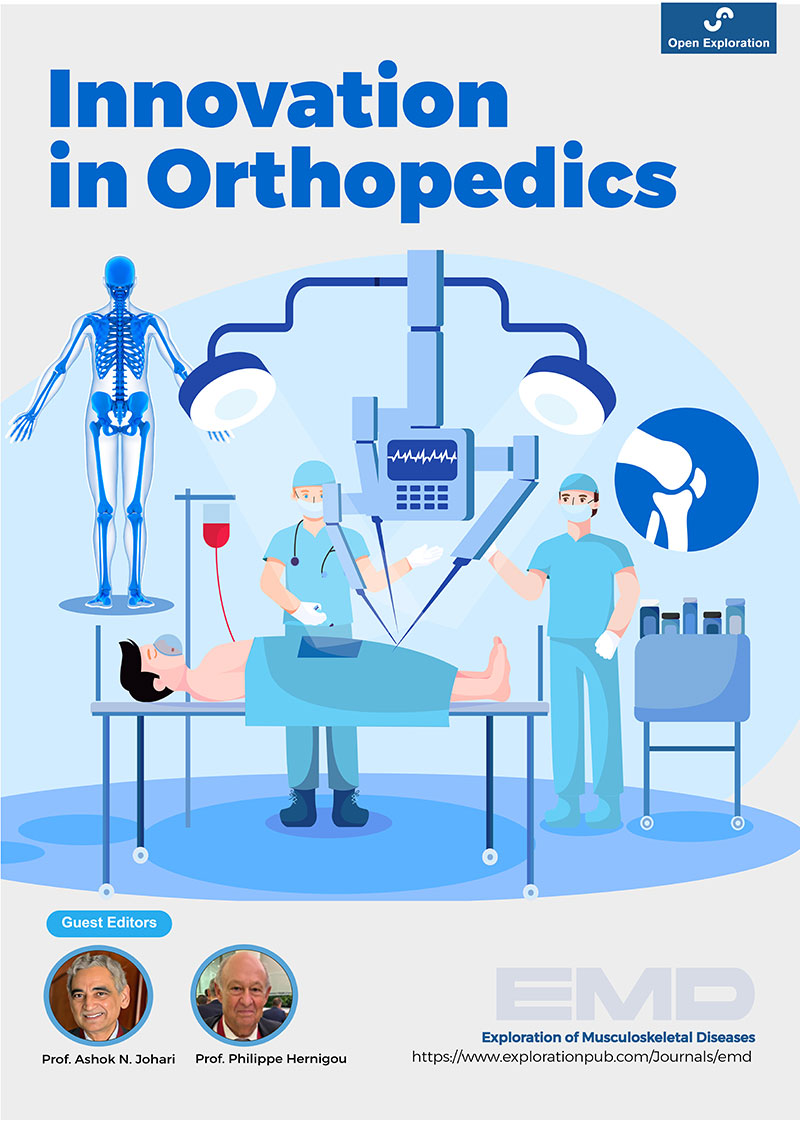
Evaluation and Outcomes in the Management of Gout
Guest Editor: Prof. Fernando Pérez-Ruiz
Submission Deadline: November 30, 2025
Published Articles: 3

Macrophages and Fibrosis in the Rheumatic Diseases: from Pathophysiology to Treatment
Guest Editor: Dr. Stefano Soldano
Submission Deadline: December 31, 2025
Published Articles: 0
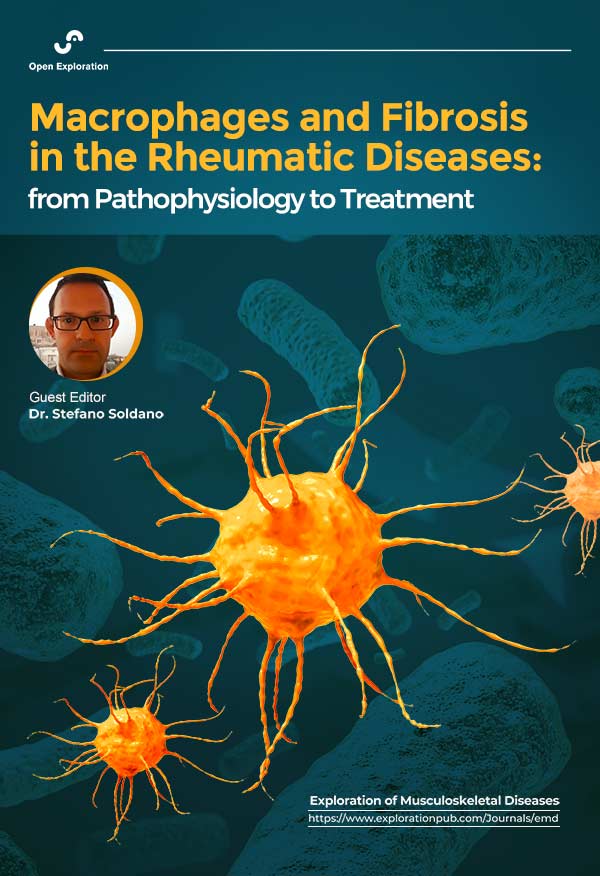
Ultrasound as Outcome Measure in Rheumatic Diseases Trials
Guest Editor: Dr. Andrea Di Matteo
Submission Deadline: August 31, 2025
Published Articles: 0
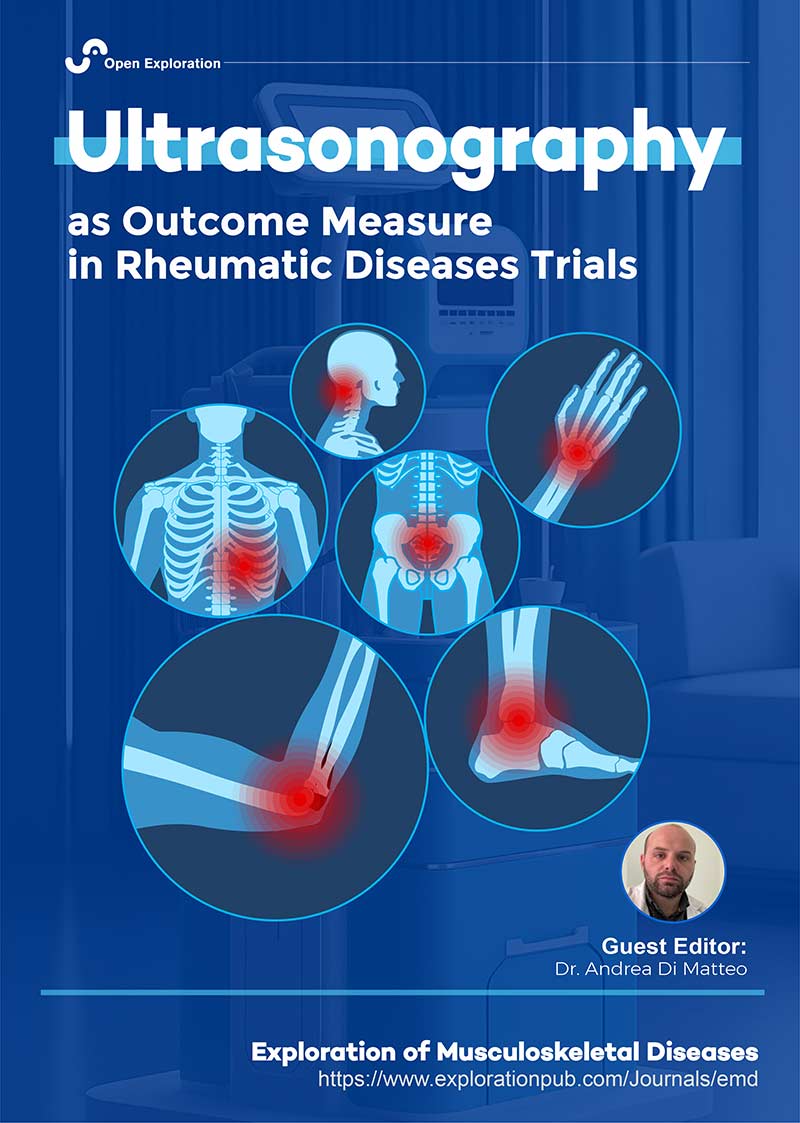
Biosimilars: State of the Art in the Treatment of Rheumatic Diseases
Guest Editor: Prof. Valderilio Feijó Azevedo
Submission Deadline: August 31, 2025
Published Articles: 7
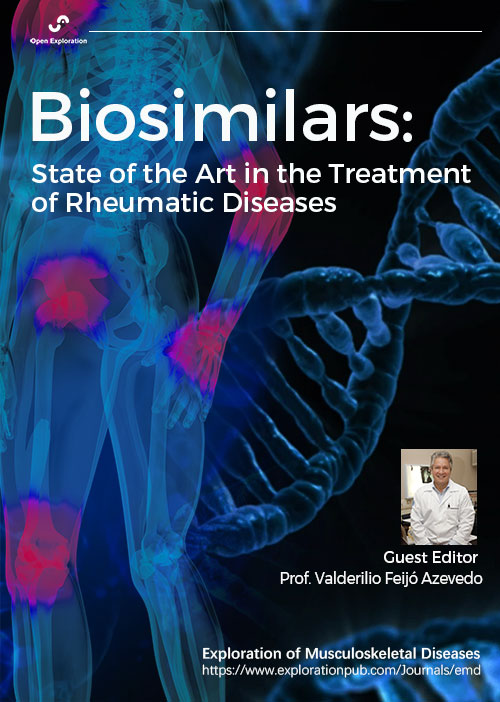
Multifaceted Imaging in Rheumatic and Musculoskeletal Diseases
Guest Editor: Dr. Peter Mandl
Submission Deadline: December 31, 2025
Published Articles: 5
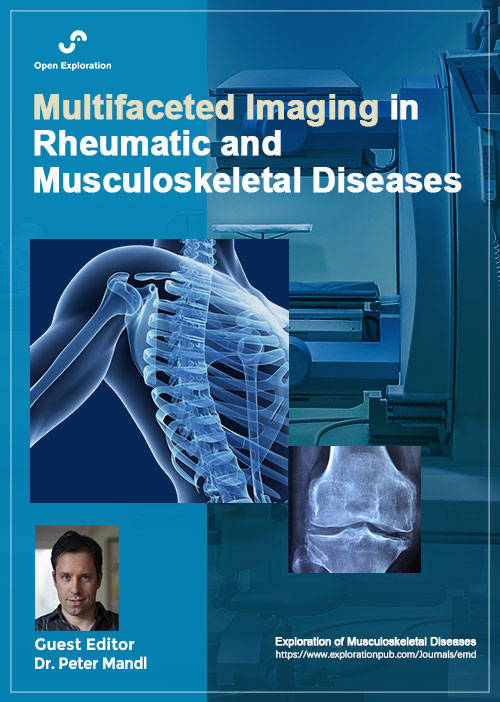
Pharmacological and Non-Pharmacological Management of Gout
Guest Editor: Prof. George Nuki
Submission Deadline: January 31, 2025
Published Articles: 11
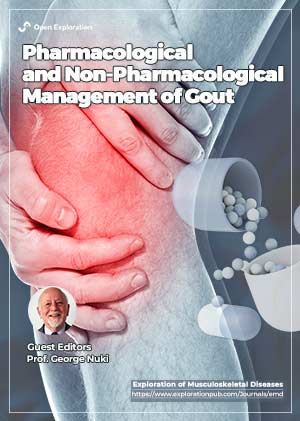
Prevalence and Risk Factors of Work-related Musculoskeletal Disorders
Guest Editor: Prof. Philippe Gorce
Submission Deadline: November 30, 2025
Published Articles: 3
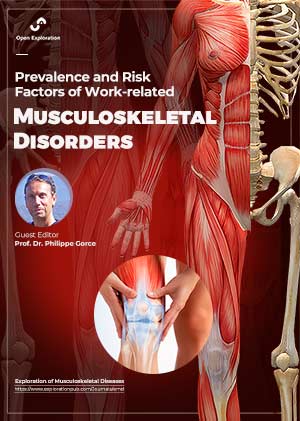
Cell Therapy and Tissue Engineering for Musculoskeletal Conditions: From Pre-clinical Studies to Clinical Trials
Guest Editor: Prof. Elena Jones
Submission Deadline: March 31, 2024
Published Articles: 2
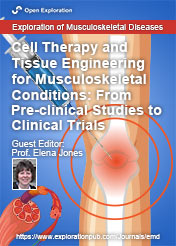
Calcium Pyrophosphate Deposition Disease
Guest Editor: Prof. Jürgen Braun
Submission Deadline: August 31, 2025
Published Articles: 8
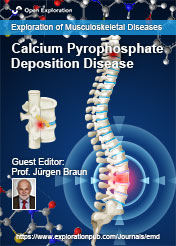
Journal Information
Journal Indexing
Journal Metrics






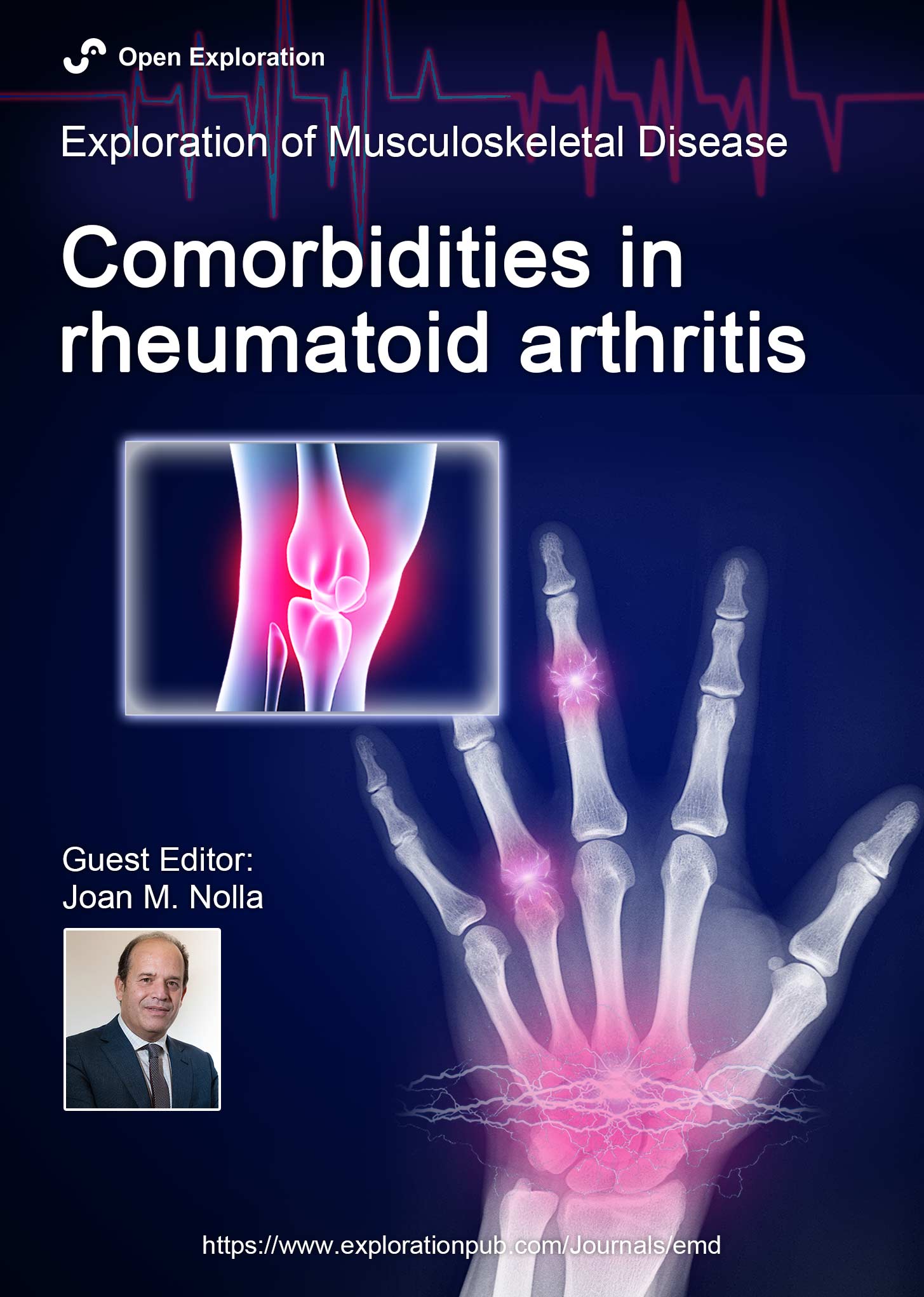
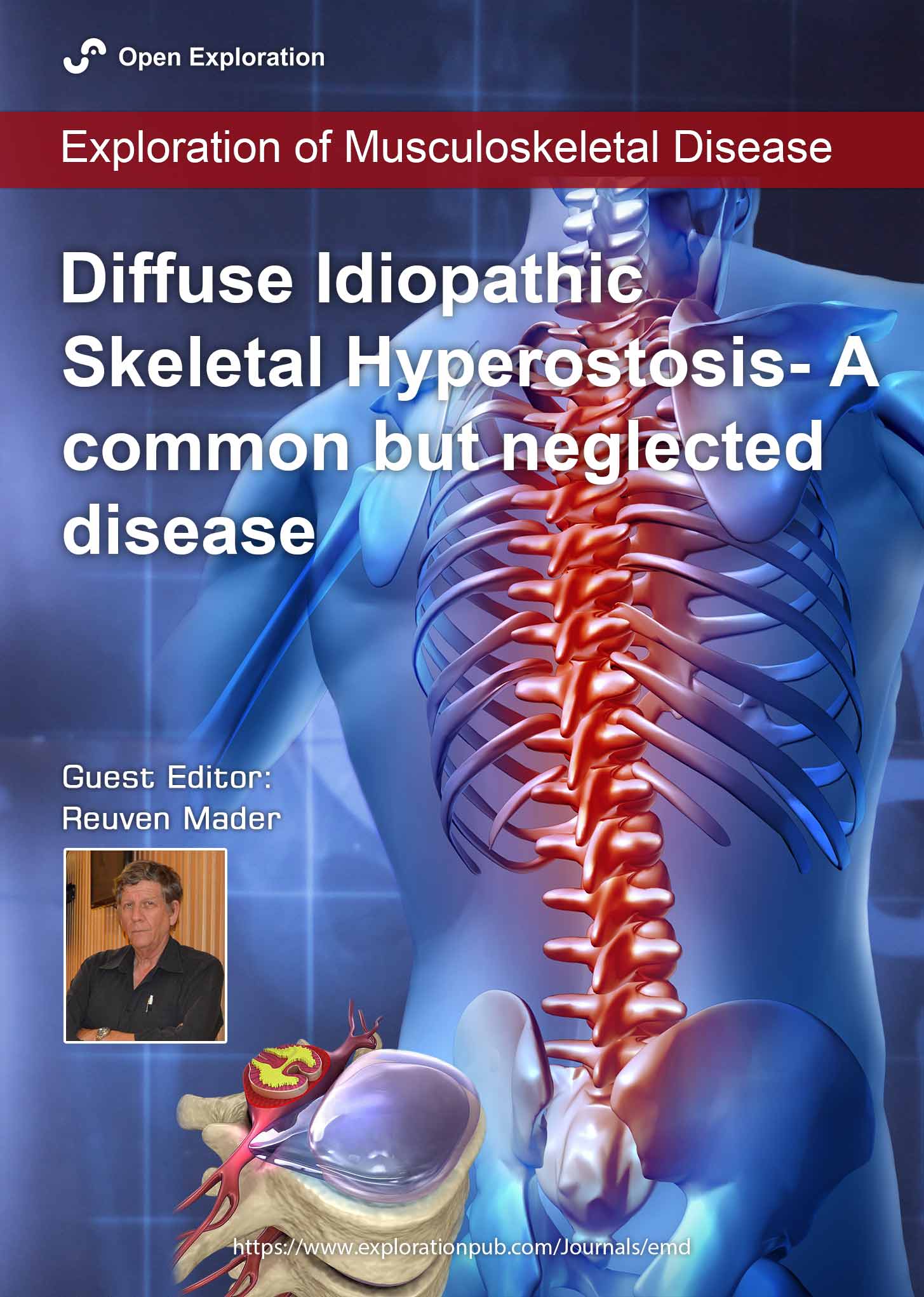








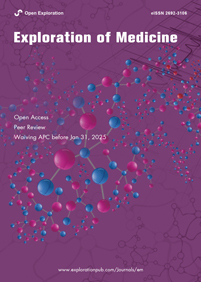
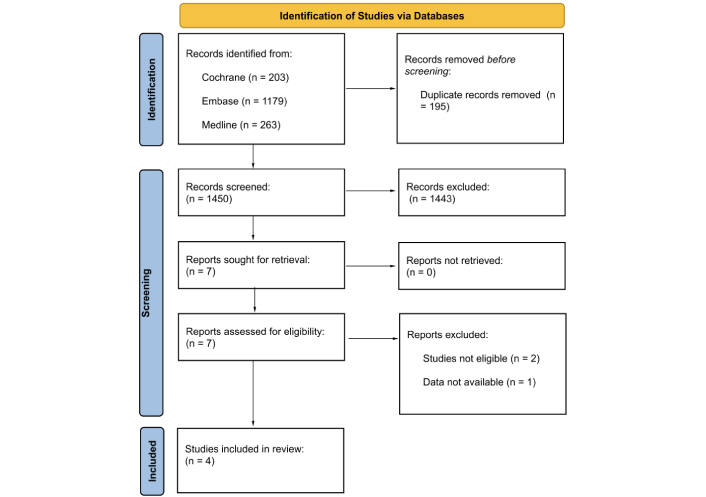 Title: Unravelling the interplaybetween #Harmattan wind andbaroreflex functions: implicationon environmental health andcardiovascular #pathophys
Title: Unravelling the interplaybetween #Harmattan wind andbaroreflex functions: implicationon environmental health andcardiovascular #pathophys


